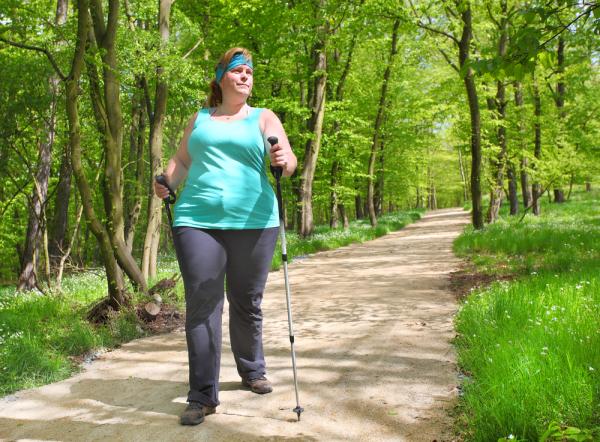The good news is that more of us report walking regularly than in the past. That’s true for most demographic groups, but the level of reported activity still has far to go to reach recommended levels. At least that’s the message of the CDC as reported in the latest Morbidity and Mortality Weekly Report (MMWR) — authored by Dr. Emily N. Ussery and colleagues.
They analyzed data from the National Health Interview Surveys (NHIS) from 2005, 2010, and 2015. NHIS is an in-person interview designed to represent the non-institutionalized population of the United States. Among other information gathered, they asked about the amount of walking by adults aged 18 +. Then, they analyzed these responses for each of the three survey years to examine changes in the prevalence of self-reported activity.
After weeding out persons whose responses were missing some information, or who were unable to walk, the investigators were left with a sample of nearly 79,000 respondents.
What they found was that adult women were more likely to report walking than were men (65 vs 63 percent) in 2015: this represented an increase of about 1 to 4.4 percent, depending on the women’s ages. With the exception of the youngest group (18-24 years), the amount of men walking also increased — but not as much as the women — by 0.8 to 3.8 percent.
More of the women whose BMI put them in the obese category reported more walking between 2005 and 2015 — by about 3 percent, as did obese men. And the majority of both genders reported enough walking to meet aerobic physical activity guidelines in 2015 — participating in at least 150 minutes of moderate intensity physical activity per week.
Also, at each survey point education level was significantly associated with a greater proportion of respondents reporting physical activity — this was true for both men and women.
The authors noted “Sociodemographic disparities in walking prevalence exist, with the lowest prevalences among non-Hispanic blacks and persons with a high school education or less.”
The issue, of course is that all the data are self-reported, and thus could be subject to bias — for example with people over-reporting their exercise level because it is a known benefit. Perhaps future surveys of this type will be based more on data from personal activity trackers which are becoming more and more widely used.




